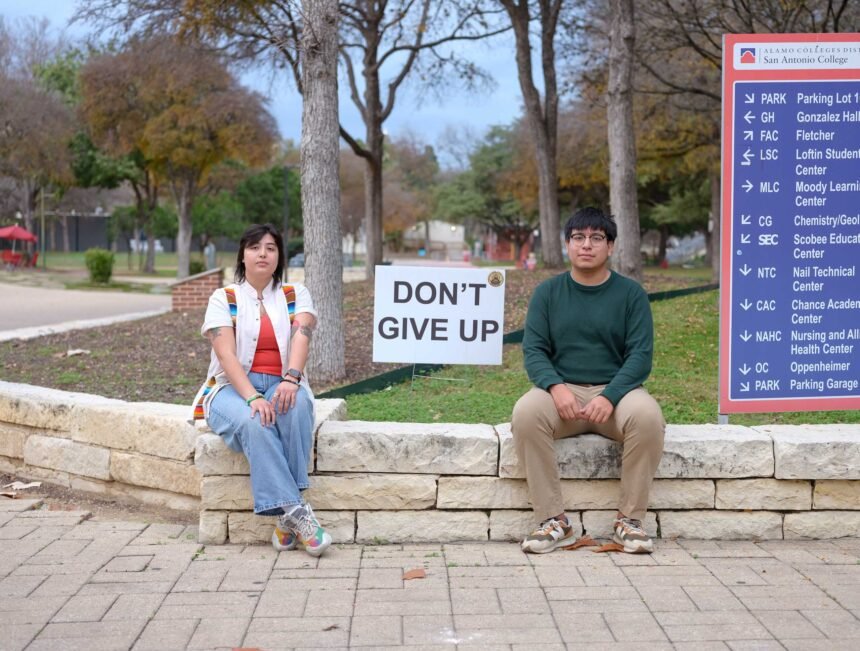After weeks of uncertainty, San Antonio higher education leaders are celebrating a few wins as the version of the “One Big Beautiful Bill Act passed in the U.S. House of Representatives by a narrow margin on Thursday doesn’t include some of the proposed changes to Pell Grant access that would have left out many of their students.
“It’s the best (outcome) out of this situation that we could have hoped for,” said Priscilla Camacho, Alamo Colleges District’s chief legislative, industry and external relations officer.
The House’s first proposal included some drastic changes to eligibility requirements for Pell Grants that didn’t make the Senate’s bill, but that they feared would still be amended in later by the House in reconciliation.
These included an increase from 12 to 15 credit hours per semester to qualify as a full-time student, and eliminating Pell Grant access to students who attend less than half time. There was also an attempt to lower the maximum award from $7,395 to $5,710.
Still on the bill expected to be signed by President Donald Trump today on July 4, is a change that will exclude those students that are considered “high student aid index,” meaning they have a full-ride scholarship or a combination of financial aid sources that equals or exceeds the cost of tuition.
Educators warned that many students who qualify for Pell Grants on top of other forms of scholarships, use the remainder of their grant to pay for everyday expenses such as transportation, housing and food.
Before this vote took place Alamo Colleges Chancellor Mike Flores, said over the years the college system developed avenues to help reduce the cost of higher education for their students and would work to offset other reductions in aid.
“We are always mindful of the cost. We provide the lowest tuition rate of any college or university within our region; We subsidize a lot of things like instructional materials or textbooks,” Flores said. “If there are any reductions, we’d have to come back and fully develop a strategy to be able to offset some of those.”
But not everything were cuts for Pell Grants. The bill expanded access by creating “Workforce Pell Grants” for qualifying students enrolled in accredited workforce programs in high-skill, high-wage areas, even if these are short-term programs.
“That would actually fund short-term training students to go into short-term training programs, beginning at 8 weeks. And that’s something that we’ve advocated for many years,” Flores said.
These changes are expected to take place in July 2026. And while the changes to Pell Grants are not expected to impact a large portion of Alamo Colleges students, Camacho said they are working to figure out the effects of other cuts to federal resources such as health care and food assistance.
“Any cuts to other programs then only put more pressure on students to figure out how many more hours they need to work on the job or two jobs to be able to support themselves and continue to pay for their post-secondary education,” Camacho said.













